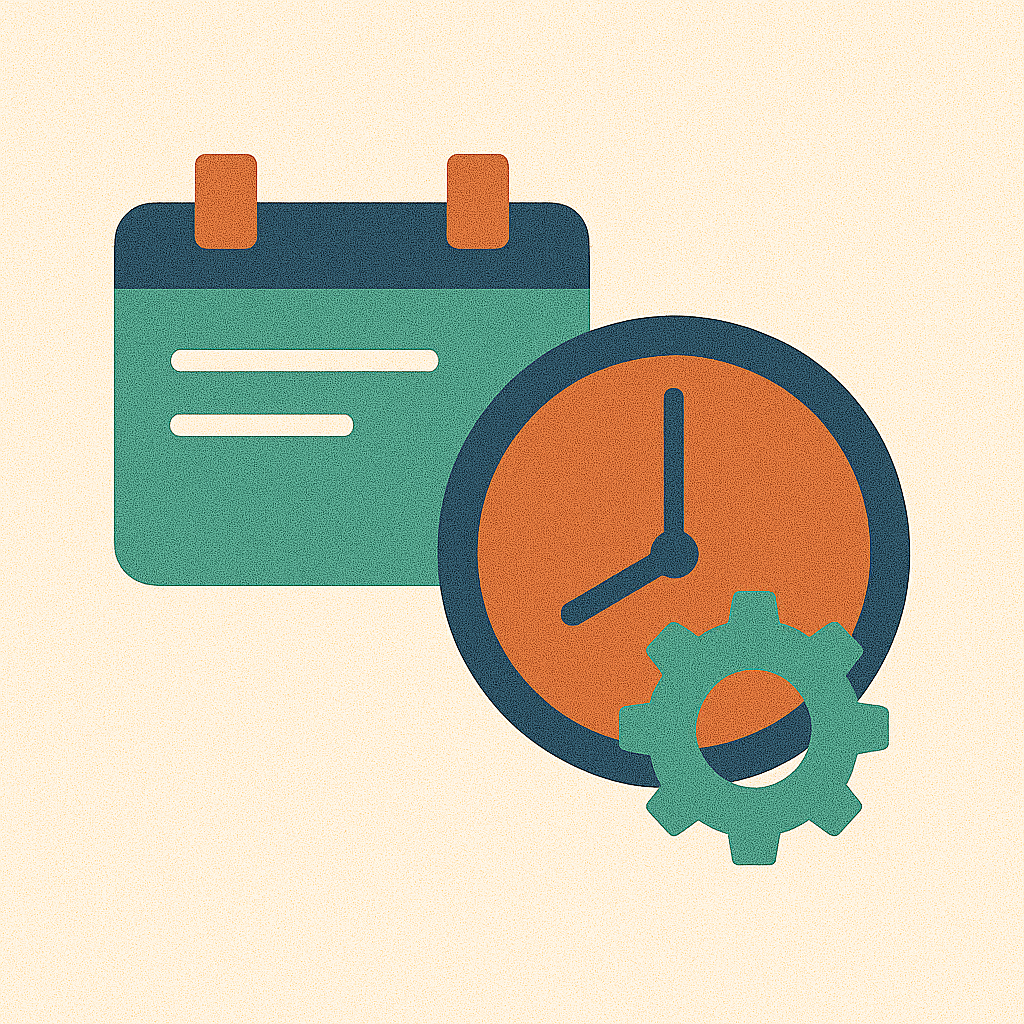Why a Structured Interview Is Essential for Better Hiring Decisions
Hiring for technical roles at small and mid-sized tech companies is hard enough without inconsistent interviews muddying the water. When interviews are unstructured or overly casual, they introduce bias, create inconsistent evaluation standards, and make it harder to compare candidates objectively.
A structured interview process ensures that every candidate gets a fair, repeatable experience — and gives you better data to make informed decisions. Instead of relying on gut instinct, structured interviews:
- Focus on real job skills and relevant behaviors
- Reduce the risk of over-indexing on charisma or shared interests
- Enable apples-to-apples comparisons across candidates
- Highlight strengths and weaknesses that matter to job success
With just 30 minutes, you can run a clear, repeatable interview that surfaces how a candidate thinks, communicates, and approaches problems — without turning it into a whiteboard marathon.
The Ideal Structure for a 30-Minute Technical Interview
To make the most of a short interview, use a structured format with time blocks. Here’s a simple but effective blueprint:
Minutes 0–3 – Warm-up
- Set expectations: "We'll walk through a few real-world problems and leave time at the end for your questions."
- Break the ice with one line about the team or role.
Minutes 3–10 – Project-Based Discussion
- Ask: "Tell me about a recent technical project you're proud of. What was your role?"
- Follow up: "What were the biggest challenges, and how did you overcome them?"
- Goal: Understand how they contribute to a real codebase, communicate with others, and solve problems.
Minutes 10–20 – Problem Walkthrough or Scenario
- Pose a realistic scenario based on your actual job.
- Example: "Our API is slowing down under load. How would you approach diagnosing and solving it?"
- Let the candidate talk through their thinking — you’re assessing process, not just outcomes.
- Optionally: Share a short code snippet to talk through (but avoid writing code live).
Minutes 20–25 – Team Fit & Collaboration
- Ask about collaboration style: "How do you prefer to receive code review feedback?"
- Or about adaptability: "What do you do when specs change late in a sprint?"
- Goal: Gauge interpersonal fit and ability to thrive in your team environment.
Minutes 25–30 – Candidate Questions & Close
- Invite their questions and provide a quick next-steps overview.
- End on a human note: "It was great hearing how you think through problems."
This format balances technical depth with candidate experience. You leave with actionable insights — they leave with clarity and respect.
5 Key Questions Every Hiring Manager Should Ask
To keep the interview focused and useful, these five questions deliver the most insight in the least amount of time:
- "Tell me about a recent technical project you worked on. What did you own?"
Why it works: You learn what they actually did, not just what the team did. Follow up to understand how they solved challenges and interacted with others. - "What do you do when you’re stuck on a problem you can’t solve immediately?"
Why it works: Reveals debugging ability, help-seeking behavior, and persistence — especially important for early-stage teams. - "Here’s a scenario: [insert real-world technical challenge]. How would you approach it?"
Why it works: You’re testing thought process, not syntax memorization. This mirrors how real problems unfold on the job. - "How do you like to give and receive feedback in code reviews?"
Why it works: Surfaces emotional intelligence, team communication style, and how well they handle critique. - "What kind of work gets you excited — and what frustrates you?"
Why it works: Helps you match the candidate to the type of projects and team environment that will keep them engaged (or drive them away).
These questions focus on behavior, context, and real-world scenarios — not trick questions or theory tests.
Red Flags & Green Flags to Look For
When time is short, you need to listen for signals that go beyond the words. Strong candidates show patterns of thoughtfulness, accountability, and collaboration — while weaker candidates often default to vague answers or defensiveness. Here's how to quickly spot both:
Green Flags
- Speaks clearly about trade-offs and decision-making, showing they understand the "why" behind technical choices.
- Asks clarifying questions before diving into an answer, indicating thoughtful engagement and curiosity.
- Walks through a problem in a structured, logical way, breaking it into smaller components.
- Acknowledges things they don’t know without getting defensive, and shows a willingness to learn.
- Reflects on past experiences and articulates what they’d do differently next time.
- Demonstrates excitement or natural curiosity when discussing real-world problems or the company mission.
Red Flags
- Blames teammates, tools, or managers for project failures without accountability or reflection.
- Overuses buzzwords or vague jargon instead of describing specific actions or decisions.
- Avoids questions or delivers superficial answers without exploring deeper reasoning.
- Gets flustered, frustrated, or argumentative when asked for clarification.
- Shows little curiosity about your team, tech stack, or company goals.
- Doesn’t ask any meaningful questions during their turn — or only asks about perks.
Tip: Use a simple scorecard during the interview to track these behaviors. Don’t just rely on memory — write down moments that raised concerns or impressed you so you can compare fairly across candidates.
No candidate is perfect, but strong performers will demonstrate humility, clarity, and a pattern of thoughtful execution. Weak candidates often overcompensate with jargon or ego.
